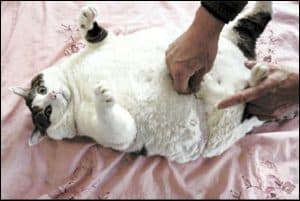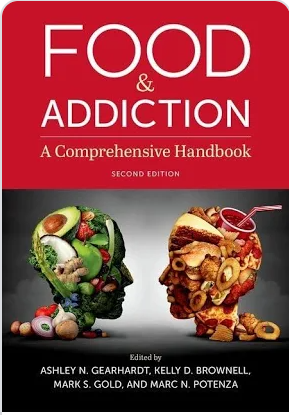
BMI vs. Waist-to-Height Ratio | Childhood Obesity News
For over a decade, there has been a growing conviction that using BMI as the obesity measurement standard is unrealistic, especially where females are concerned. And people with a lot of lean body mass. And in field settings where accurate scales are not available. And among some ethnic groups. One study found that as many as one-quarter of the kids with excess body fat were not being identified in a timely and appropriate manner.
So, for quite a while now, it has become increasingly apparent that waist-to-height ratio is the way to go. Recently, there has been a resurgence of this sentiment. For instance, in recommending a promising program to keep grade-school children from putting on fat, an official did not even mention BMI, but announced,“Our study shows that this can lead to a recognizable improvement in their waist-to-height ratio.”
As childhood obesity just grows and grows, the need for a precise obesity metric is more crucial than ever. Pushing the issue along, of course, there are also more recent studies to cite. Andrew Agbaje, a medical researcher with a startling number of degrees and titles, has caused a stir with a publication titled “Waist-circumference-to-height-ratio had better longitudinal agreement with DEXA-measured fat mass than BMI in 7237 children.”
In a less formal setting, for Easo.org, he explains various aspects of this work. For quite some time, research has shown that body mass index or BMI “misidentifies and misclassifies children and adolescents as overweight or having obesity even when their weight is largely driven by muscle mass.”
One of the main factors in the change in thought has been the availability of much more accurate methods of measuring body composition. Still, convincing the establishment was not easy, and his research was rejected several times over a two-year period because it did not agree with what was already “known.”
Limitations of BMI
The old measurement standard does not distinguish between fat mass and muscle mass. BMI varies significantly with age and sex, and is unreliable. Important to understand is that adequate muscle mass should be encouraged in childhood, for the protection of the cardiovascular system. And,
Emerging studies in children and adolescents report that the waist-to-height ratio predicts cardiometabolic risks such as dyslipidemia, blood pressure, metabolic syndrome, and insulin resistance far better than BMI.
The new work has derived its legitimacy from the highly-regarded Avon Longitudinal Study of Parents and Children. Dr. Agbaje says,
The project has cost millions, but has produced a remarkable body composition database that will correct the anomalies of BMI… An extraordinary dataset is required for a paradigm shift, and we are extremely grateful to the children of the 90’s and their parents for their continued participation in this project over the past three decades.
This research has resulted in the discovery of “an inexpensive tool that could replace BMI, and overcome the limitations of misclassification and overdiagnosis of obesity in children and adolescents.” In this field of study, certain things must be kept in mind. For instance, four essential words are “within a normal range”:
[N]ature has endowed females with more fat mass than males, which is perfectly normal. We must also remember that not all fat is bad for health but excess adiposity is. We need a certain amount of fat mass for the normal physiological function of cells and organs. So we should not aim to drain our body completely of fat…
At the end of the interview, complete instructions are given to parents, who are encouraged to try measuring the waist-to-height ratio at home. Increasing numbers of health professionals agree. For instance, at NursinginPractice.com, Helen Quinn writes,
The new measurement can make it easier for parents and caregivers to assess childhood weight quickly and easily, enabling timely interventions for obese children.
Your responses and feedback are welcome!
Source: “One Way to Reduce Child Obesity: Get Kids Moving More in Class,” USNews.com, 02/27/24
Source: “Changing the way we measure childhood obesity: in conversation with Andrew Agbaje,” Easo.org, 03/09/24
Source: “Waist-to-height ratio better obesity measure in children and adolescents,” NursinginPractice.com, 03/07/24
Image by idalingi/CC BY 2.0 DEED


